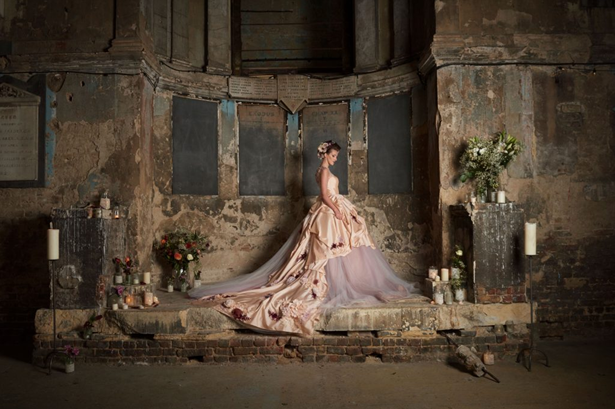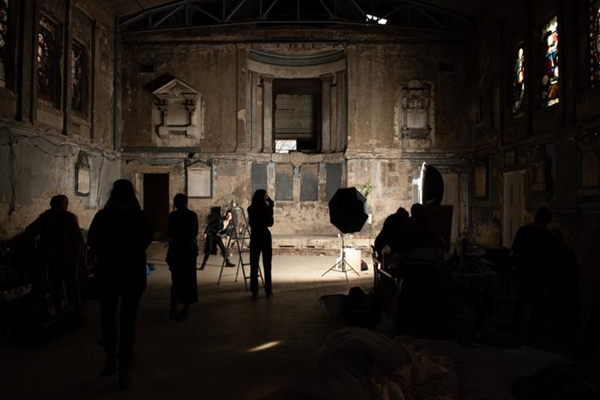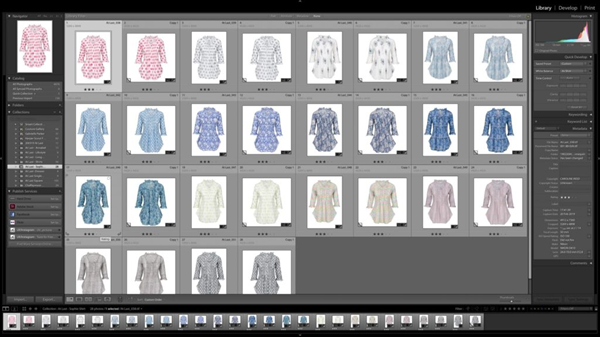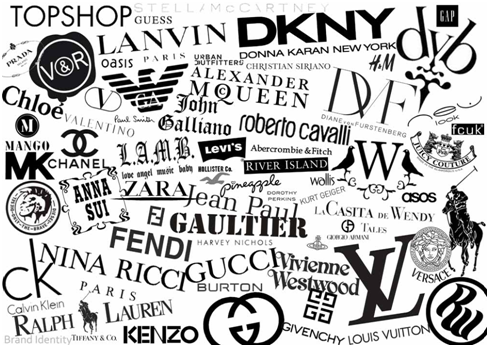

HOW TO WRITE A FASHION PHOTOSHOOT BRIEF
Great images can get you noticed and gives you an edge over your competition! In order to get the images you want though, it’s essential to write a clear brief for your fashion photoshoot.
Why do you need a brief?
- To set expectations for what you want from the shoot and the team involved.
- To communicate your ideas clearly and allow the photographer to cost up the job and prepare for it if you go ahead.
Help you (or whoever is managing the shoot) keep ideas in one place and use this information to put together a ‘call sheet’ which will contain all the practical details for the day of the photo shoot.

Where to start – Answer the Following Questions:
- What do you want photographed?
Describe your brand and collection. and include any details that are particularly important that need to be highlighted in the images.
- How many garment or looks do you want to shoot?
This will help the photographer calculate the time it will take, and set expectations for all involved in the shoot. It is important to be realistic about what is achievable in the time.
Do you have any priorities or must have shots? List the items that will be photographed on the day, and have a system of keeping track of what has been shot and what needs shooting.
TIP An experienced model will be much faster and generally more efficient. Although if you want to save money a ‘new face’ could be a good option; just expect it to take a little longer.
- When do you need the finished images?
Do you have a specific deadline before which you need the finished images? E.g. go to print day, exhibition or web article.
If you can narrow down the dates you are considering for the actual shoot, note this down also. Don’t book a day that has other commitments, especially if they may slip a day.
The photographer needs to know when you need the finished images, so he or she can see if it fits their schedule.

GOOD TO KNOW Product images taken without models such as invisible mannequin images can be turned around in a couple of days, whereas the planning involved involved in a location shoot with a model can take a lot longer simply because more people are involved and need to be available.
- What are the images going to be used for?
Are they for printing, use on the web or both? Line sheets, look book, advertising etc.
WHY?
E-commerce images will want a front view and back view (at least) of each garment. For a lookbook one good image of each ‘look’ may be all that is required.
Photographer and models may be priced according to the ‘use’ of the images which also may be limited in length of time they are usable. These details will be included in the contact. Make sure you are clear about this from the start.
The final output of the images (screen or print) will affect the digital format (resolution and file type) that is required, and also the amount of post production work that may be required.

TIP It is a good idea to have a cloud storage service account such as Dropbox where you can organise and store your images securely. If you have requested high resolution files be aware that these may be very large and take up a lot of storage space.
- How many models do you want to use?
If you have a lot of looks to shoot or want a wide variety of images, using two models on the day is a good option if you have the budget. You will get more images to use in the end as one model can be styled and prepared whilst the other is photographed.

Do you have models in mind already or would you like suggestions / input from the photographer?
- What is the ‘mood’ of the shoot?
Visual references are the most effective way to communicate the mood or look you want from a photo shoot. A good way to do this is to create a mood board.
This mood board will be the visual guide used by the photographer, stylist, hair stylist, make-up artist and model to create images that communicate your brand.
This will also help the photographer price for the shoot, and prepare the equipment needed. You don’t need to supply lots of examples, often one or two reference images are enough for each item listed below:
- Location or studio
- Type of lighting / colour palette
- Mood or feel
- Framing and camera angles – cropped, full length, faceless
- Models poses and expression
TIP The mood board can be in the form of images on a Pinterest board, or links to websites that show the photographer and team what you have in mind.
For lifestyle / campaign images giving your shoot a name and a ‘story’ will help the team understand your vision.
Next Step
Use your answers to the above questions to put together a document, you can use headings and titles such as the example below. This brief will be a comprehensive and practical guide to your photo shoot. You may find that it changes due to budget constraints or ideas that develop.
Heading Guidelines
- Brand Description
- Shoot Description
- Number of looks / garments
- Number of final images for each look / garment
- Dates & Timelines
- Models
- Mood
Once these details have been confirmed, the Call Sheet can be finalised and sent to the team. The call sheet will contain the date and time of the shoot, the running order, the names, responsibilities and contact information about and for the team. The location address and detailed travel practicalities all should be included.
Conclusion
A clear brief will set you up for getting great results from your photo shoot. You will be clear about what to expect from the shoot, and the team will be clear about their roles and the objectives of the shoot.
By Caroline Reed
www.carolinereed.co.uk
Caroline has worked as a professional photographer for nearly 12 years following studying at the Arts University in Bournemouth. She specialises in fashion and portrait lifestyle imagery, and also offers cut out product shots.
Join the Fashion Angel Business Club for an exclusive photoshoot discount from Caroline, as one of the many membership benefits.
At Fashion Angel we offer fashion business mentoring, events, workshops and access to start up loan funding to fashion start-ups and established fashion business entrepreneurs. We are here to help and to give you the support you need at all stages of your business journey.
Our expert mentors can give you guidance with our 1-2-1 business mentoring packages. Fashion Angel Business Club members receive 20% discount on our mentoring and events and have access to FREE downloadable toolkits, a suppliers directory & other benefits, all tailored for the fashion industry.


